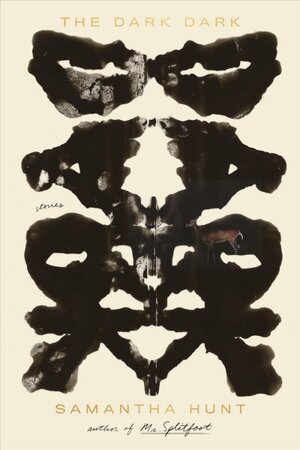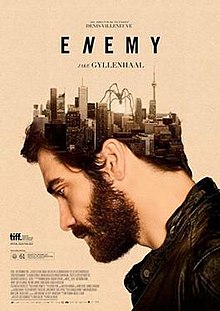
I wish I had read this collection sooner. It came out in 2018 and has been on my to-read list for far too long. I finally took the plunge and let me tell you, Priya Sharma’s All the Fabulous Beasts is an absolute masterpiece of strange eroticism and dark fantasy. On the outskirts of horror, comes this book of gentle nightmares, of loving tortures, and of bone-deep longings. Beings lost in a world of disappointment, desperately seeking some kind of sense of self, a feeling of belonging, some kind of transcendence. The works in this collection are inspired by myth, fairy tale, and urban legend. Shapeshifers, bizarre combinations of human and animal, people with hidden identities, all roam these pages, but, they are no different than you or me. What defines who we are? Are other people not as strange to us as a mermaid or a snake woman would be? And when we look in the mirror, do we not see some unknown chimera staring back at us? These tales of fantasy are presented with a strict realism, an attention to the nuances of characterization, these are real living and breathing people, not one-dimensional fantasy tropes. The themes of transformation and rebirth run throughout her fiction here, but her stories are not the usual horror trappings about ordinary people suffering hideous transformations. Her stories are about beings trapped in lives they know they were never meant to have, and finally escaping their traps or at least longing to. Sometimes what traps us are things like family, love, or career. And sometimes we are trapped by what we thought we were, by what we were told we are. Yes, they may change in horrific ways, change into something alien to them and us, but at least it’s change, at least they are free to be who they really are. There is this recurring love of the outsider, and a fear of settling down, of compromising. These stories are hymns to loneliness, to secret desires, to those who chose to walk down the shadowy path far away from the sun. All written in this quietly poetic, understated yet powerful prose.
There is a lot of great work here. Some stories I would like to single out are:
The Crow Palace: A woman is forced to return to her old family home after her father's death, emotionally detached from years of being away and secretly haunted by deeply buried shame. She finds a landscape of skies filled with black crows and a shocking secret long hidden away.
The Anatomist’s Mnemonic: A wonderfully many-layered exploration of fetishism and loneliness. It balances a tightrope between erotic thrills and a surgical coldness that only a master storyteller could accomplish.
The Sunflower Seed Man: Maybe the most “horror” centered tale in the collection. It’s one of those stories where you are reading it, wondering if the author is really going to go there. And when she actually does go there, it’s just wonderfully macabre and amazing.
A Son of the Sea: A tale of a man who feels this longing for something he can not define. A tale of loneliness and the mysterious depths of both the ocean and the human heart. And when he does what he has been seeking, it is one of the most heartbreakingly beautiful and surreal endings in all of horror fiction.
The Nature of Bees: A true chimera of a tale, where most would find horror in a strange tale about a woman, alone and longing for physical pleasures, and the strange cult-like group of beekeepers she encounters, here we find unbridled eroticism and an escape from social mores.
I could go on talking about all the stories I love in this, it is such a breathtakingly beautiful collection. It shares some of the quiet tenebrous subtlety of the films of Val Lewton. And those who love the work of Angela Carter and Caitlin Kiernan will love the heady mixing of eroticism, myth, and cynicism in her work. Through the use of fantasy and horror, Priya Sharma shows us we are all strange unique beasts, and all the more fabulous for it. Highly recommended!











